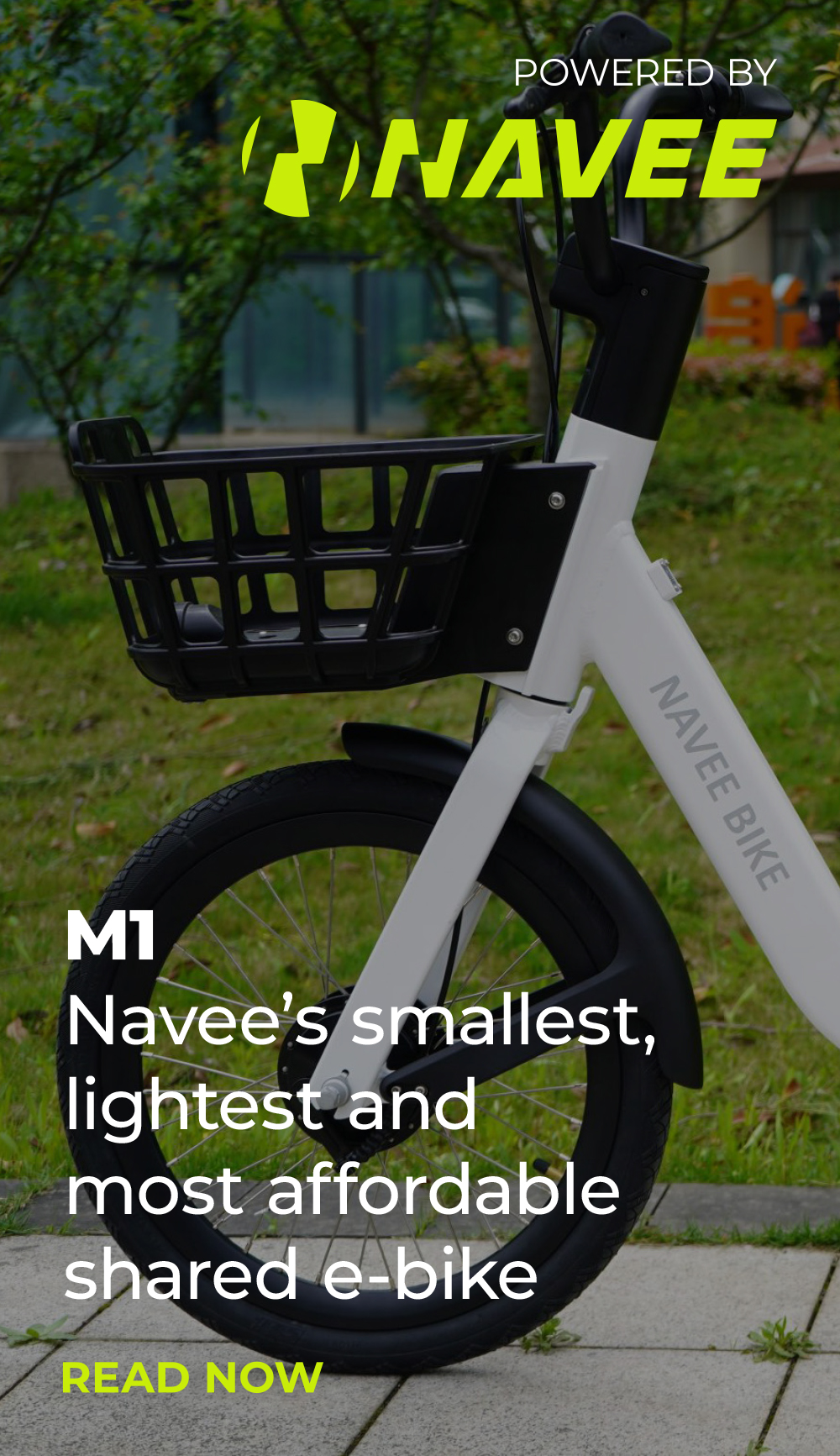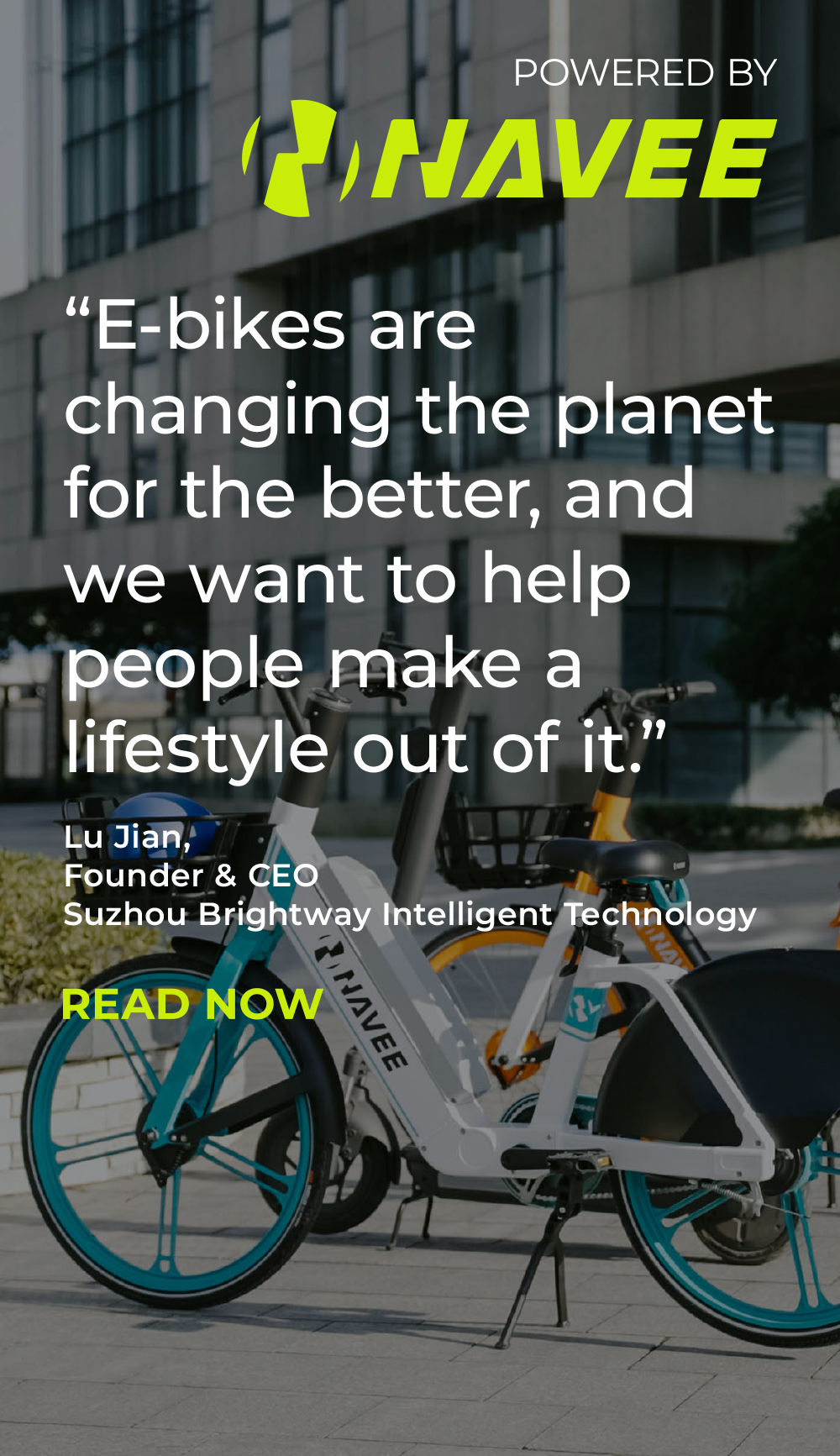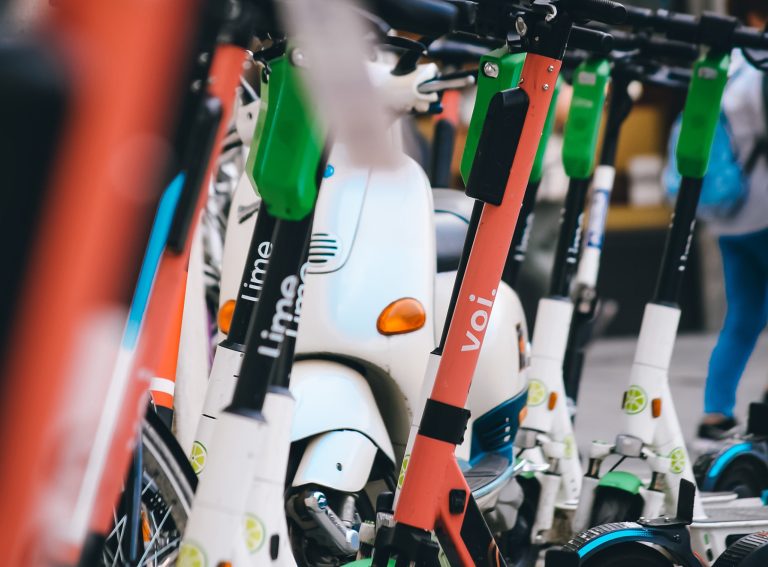The London shared e-scooter trial was launched over the summer after more than 40 towns and cities across the UK had already introduced the new mode of transport.
However, four months in, the much-anticipated launch has seen lacklustre usage numbers when compared not just with the city’s Santander Cycles bikeshare, but also with other UK e-scooter fleets.
Zag analysis of the latest data shows that the average number of journeys being performed on each scooter has fallen significantly, from a respectable 2.2 a day during June (the launch month), to just 1.1 a day since August. The numbers have shown no sign of recovery recently despite continued expansion of the scheme to include Camden, Westminster and other key inner London areas, albeit mainly those already well served by Santander Cycles.
The bikes substantially outperform on journeys-per-vehicle-per-day – each is used on average 4.4 times a day, and the utilisation of the more than 10 years old bikeshare fleet has in fact increased slightly through the autumn, hitting five journeys per bike per day in September.
London also underperforms compared with other major e-scooter sharing cities in England. Bristol and Bath’s fleet, operated by Voi, recently reported almost 2.5 million journeys across 12 months. With just over 1,000 scooters on average since launch (it’s now above 2,000), this represents an average of over five journeys per scooter per day.
Nottingham’s Wind fleet has also seen almost a million rides in its first year. With an average fleet size of nearly 500 across the year (now nearly 750) this represents an average number of journeys per scooter per day of around six. Liverpool, Milton Keynes and many others also impress. London is near the bottom of the leaderboard.
So where is it going wrong for London specifically?
One possible cause is over-cautious regulation – an operating zone that, due to local politics, doesn’t cover many obvious areas such as north-east London, has vast “no parking” deserts and is riddled with more unnecessary “no-go” holes than a block of Swiss cheese.
An alternate theory is the London fleet just launched too late to capitalise on the pandemic-induced spike in demand for easy individual transportation across our city centres. Finally, as a purely privately funded operation, it may be simply too expensive compared with the many other transport options Londoners already have at their disposal.
It is hopefully not too late to save the London trial.
- TfL needs to encourage the operators to differentiate more (there is very little difference between the three) and compete, in particular, on cost – a current average of over £2 per mile* is in the realm of tourism and novelty testing, not as a sustainable method for the very walkable average journey lengths. Nottingham’s wildly successful scheme is in part because it is well priced (as well as covering the whole city).
- Furthermore, increasing parking space options will be key. For example, e-scooters could be allowed to park carefully beside existing Santander Cycles docking stations, or alongside cycle parking stands. They take little space so are not stopping existing bicycles from parking in the same space.
- Removing almost all slow/no-go areas and only adding them back in as and when specific problems are reported on the ground, would be sensible. It would give an opportunity to use park paths if bicycles are allowed, and river/canal-side settings, which will allow for safer and more pleasant route options for many potential journeys.
- Where boroughs have no intention of participating (such as Hackney, Haringey, Islington and Wandsworth), Transport for London should allow access along the smaller “red routes” it does control, and paint docks outside its own tube/DLR stations and on other land it owns.
These changes may create a zone and conditions that makes e-scooter sharing a more obvious alternative to many more people and in more places, rather than just a novelty. Right now, the data suggests the e-scooters are lying unused on London’s streets for 23 and a half hours each day – a poor use of the public realm. Let’s make them more useful.
* Calculated assuming £1 to start the journey, and then 15p for each minute for the 21 minute, 1.7 mile journey averages reported to date.






